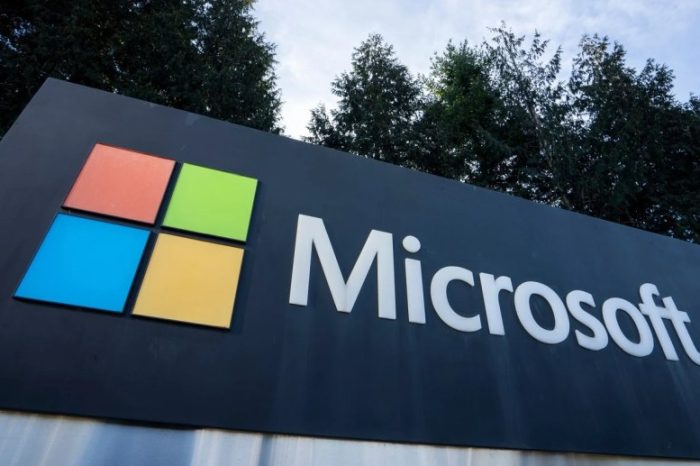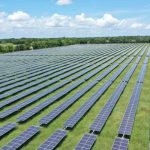Tesla, Jack Dorsey’s Block, and Blockstream team up to mine Bitcoin off Tesla’s 3.8-megawatt solar power plant in Texas

As you may recall, late last year we reported about a secret mega-battery project Tesla was building in the State of Texas. Tesla was secretly working on a previously unrevealed construction of a gigantic battery connected to the Texas ailing electric grid. The 100-megawatt energy storage project is located in Angleton, Texas and the battery has the capacity to power about 20,000 homes on a hot summer day.
Now we learn that’s not the only solar project Tesla is working on. It turns out Tesla has another 3.8-megawatt solar PV array and 12 megawatt-hour Megapack facility in Texas. According to a new report from CNBC, Blockstream and Jack Dorsey’s Block, formerly Square, are working on a new solar- and battery-powered bitcoin mine in Texas that solar and storage technology from Tesla.
The announcement is part of the plan announced late last year by Block to build an open-source Bitcoin mining system based on custom silicon and open source for individuals and businesses worldwide. In a series of tweets, Jack said that Square will follow its hardware wallet model. Jack added that the new Bitcoin mining system will be built in the open in collaboration with the community.
In a discussion with CNBC, Blockstream co-founder and CEO Adam Back, a British cryptographer and a member of the “cypherpunk” crew, told CNBC on the sidelines of the Bitcoin 2022 conference in Miami that the mining facility is designed to be a proof of concept for 100% renewable energy bitcoin mining at scale.
“People like to debate about the different factors to do with bitcoin mining. We figured, let’s just prove it. Have an open dashboard so people can play along, maybe it can inform other players to participate,” Back said.
“This is a step to proving our thesis that bitcoin mining can fund zero-emission power infrastructure and build economic growth for the future,” Back said. “You get this perfect overlap with both sun quality and wind speed in West Texas,” said Shaun Connell, executive vice president of power at Houston-based tech company Lancium.
For many years, Western Texas has been known as the mecca of renewable energy in the United States. However, due to a lack of financial incentives, many companies don’t see little reason to build out renewable infrastructure to harness this abundant energy.
That’s where bitcoin miners come in. Since China pushed out bitcoin miners from the country in 2021, many of these miners were forced to move their operations to the United States. As we reported last year, a dozen of Chinese bitcoin mining startups are relocating from Guangzhou to Maryland, USA. Since then, many of them have moved to places like Texas where there’s an abundance of solar energy.
Per CNBC, citing Castle Island Venture’s Nic Carter, many miners also provide demand to these semi-stranded assets and make renewables in Texas economically viable.
Back also told CNBC that the off-grid mine, expected to be completed later this year, highlights another key tenet of the bitcoin network: Miners are location agnostic and can “do it from anywhere without local infrastructure.”
“You’re making a sort of calculation of the optimal economic mix between solar and battery,” Back said. “There’s 3.8 megawatts of solar and one megawatt of mining, so you can see you have to overprovision, because the peak solar input varies during the day and, of course, it’s not there at night.”




